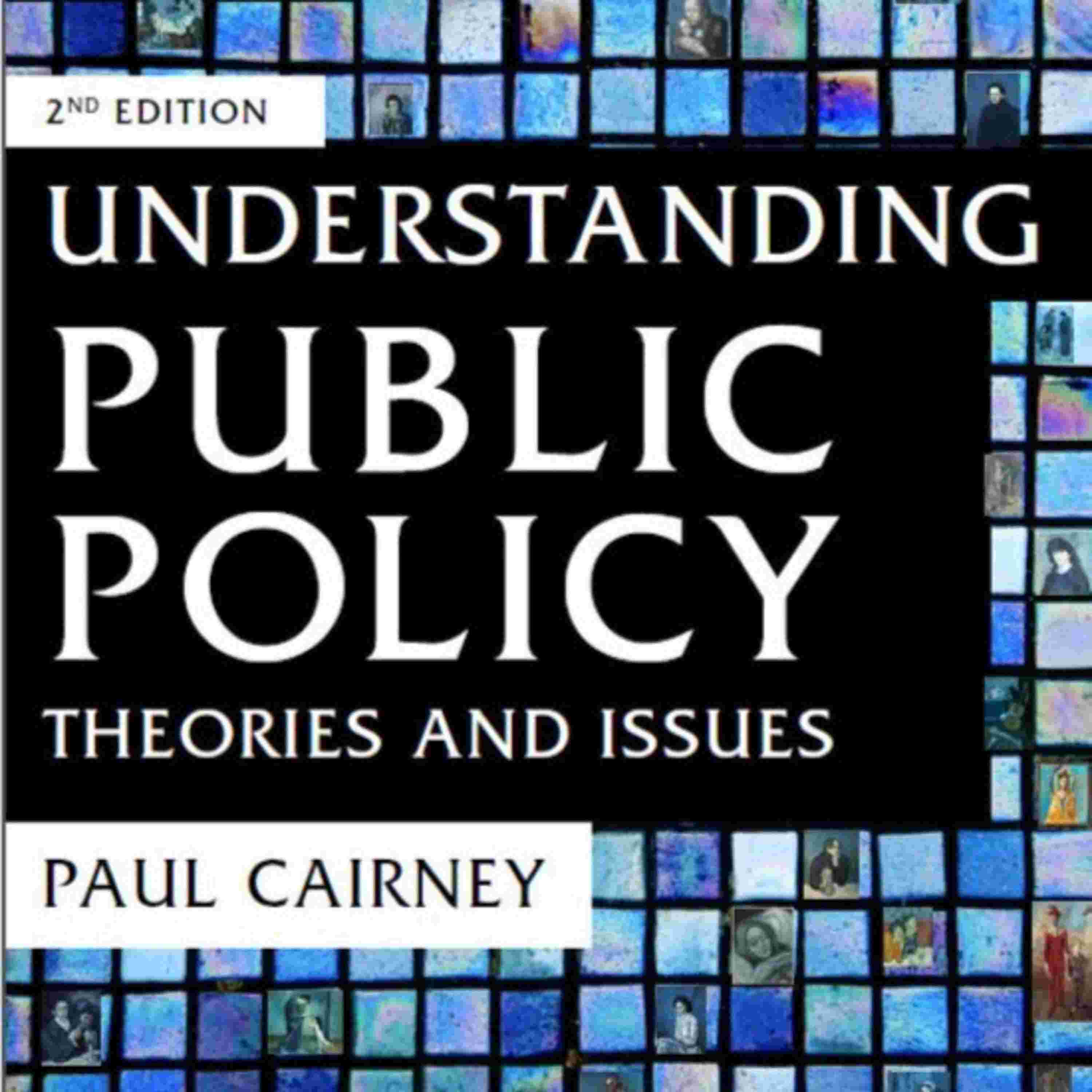

From Policy Concepts in 1000 Words: the Westminster Model and Multi-level Governance
A stark comparison between the ‘Westminster Model’ (WM) and Multi-level Governance (MLG) allows us to consider the difference between accountable government and the messy real world of policymaking. The WM may be used as an ideal-type to describe how power is centralized in the hands of a small number of elites:
We may also identify an adversarial style of politics and a ‘winner takes all’ mentality which tends to exclude opposition parties. The government is responsible for the vast majority of public policy and it uses its governing majority, combined with a strong party ‘whip’ to make sure that its legislation is passed by Parliament. Power is centralized and government policy is made from the top-down. In turn, the government is accountable to public, via Parliament, on the assumption that it is powerful, responsible and takes responsibility for public policy.
In contrast, MLG suggests that power is spread widely across the political system:
The hook is that we are witnessing a major transformation: from national governing institutions to supranational and sub-national governing institutions; and, from central government to the different levels of government and non-governmental organizations that interact with them. MLG identifies blurred boundaries between formal and informal sources of authority which make it difficult to identify clear-cut decisions or power relations.
[for more see Policy Concepts in 1000 Words: the Westminster Model and Multi-level Governance]